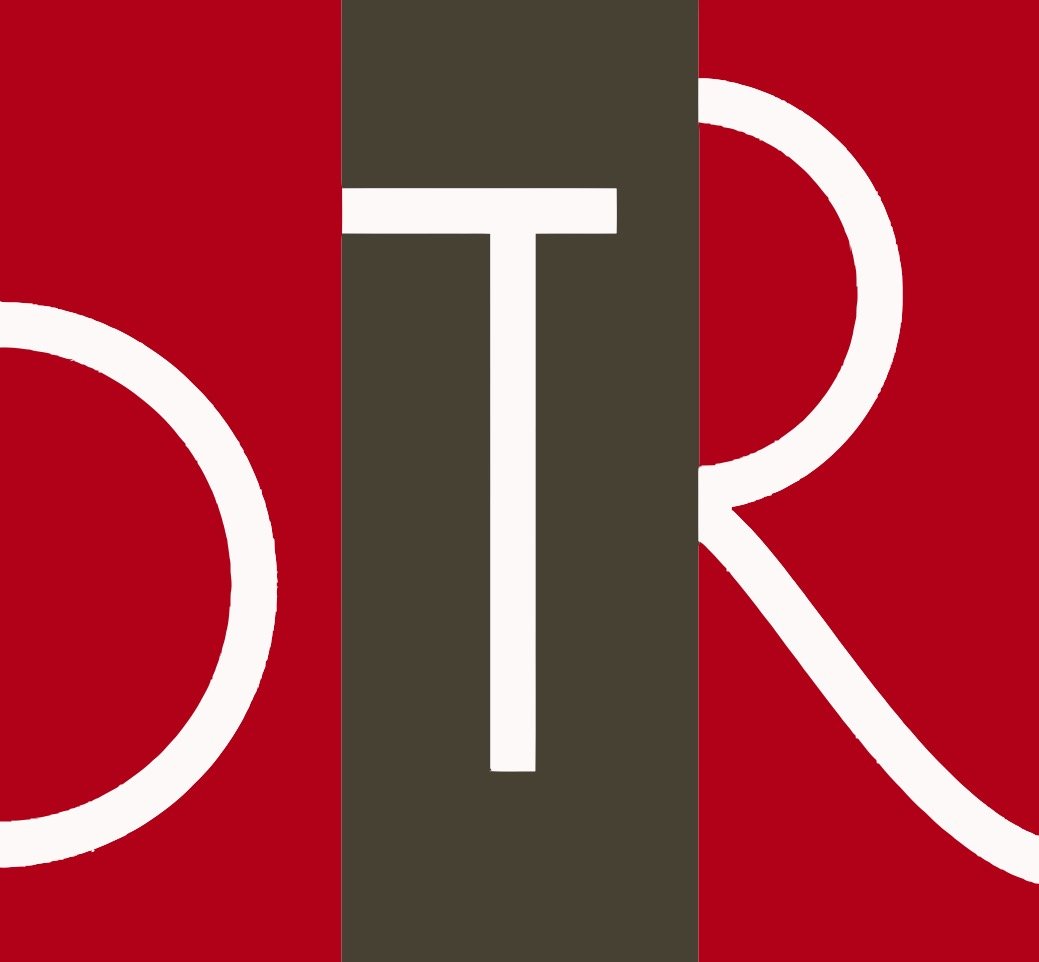KEITH HARING — Pop and Street Artist and Activist
Born in Pennsylvania to an artistic father, Keith Haring developed a love of art from an early age and was taught how to draw cartoons from his father. He attended the Ivy School of Professional Art in Pittsburgh, where he briefly studied commercial art before dropping out to pursue his own artistic intentions. He continued to create art in Pittsburgh, and had a solo exhibition of his work in 1978. Upon moving to New York City later in the year, he became fascinated with the underground art scene occurring outside the gallery and museum arena, in the streets and in club venues. At this time, the burgeoning artists Kenny Scharf and Jean-Michel Basquiat were creating art inspired by popular culture and removed from the elitist New York art scene. Drawing from his interest in cartoons and the graphic and symbol laden street art of his contemporaries, Haring began working with a vocabulary of small interwoven abstract shapes.
ABOUT KEITH HARING
His international recognition as an artist began in an unlikely place: the New York City subway. One day while waiting for the train, Haring noticed an empty black panel where an advertisement was supposed to go. Intrigued by the empty space, he purchased chalk and returned to the panel to illustrate it. He began using these spatial voids as his canvas, drawing abstracted figures and shapes all over the subway, sometimes creating over forty drawings a day. He reveled in the performance and spontaneous nature of the drawings and was enthralled by the public’s mixed reaction. He was subsequently arrested several times for illustrating these blank spaces, but eventually became so famous that his subway illustrations were snatched up from their source and sold within a few hours of their formation.
In October of 1982, Haring had his first big solo show at the Shafrazi Gallery in Soho, where he exhibited drawings, painted tarpaulins, sculpture and on-site work. The show was highly attended and successful, and received enormous attention from the media. Over the next few years, Haring gained international attention and acclaim from the art world, exhibiting in Tokyo, Naples, Rotterdam, London, Antwerp, Milan, Basil, Amsterdam, and Cologne, as well as across the United States. In 1986, he opened the Pop Shop on Lafayette Street in New York City, with the aim to make his now famous and expensive art accessible to the general public. In his innovative creation of street art and the Pop Shop, Haring achieved his fame without reliance on curators and art critics.
In 1988, Keith Haring was diagnosed with Aids, and publicly acknowledged his illness in a remarkably candid interview for the Rolling Stones magazine. Before his death in 1990, he established the Keith Haring Foundation to continue his artistic ventures and to create awareness and support AIDS-related organizations. Although his career as an artist was brief, Haring was incredibly influential in his unique graphic, cartoon-like illustrations, and forever changed the art world by challenging and reworking the notion of fine art and the venues in which it is displayed. His iconic work is displayed in major museums around the world and continues to be highly sought after and admired.




